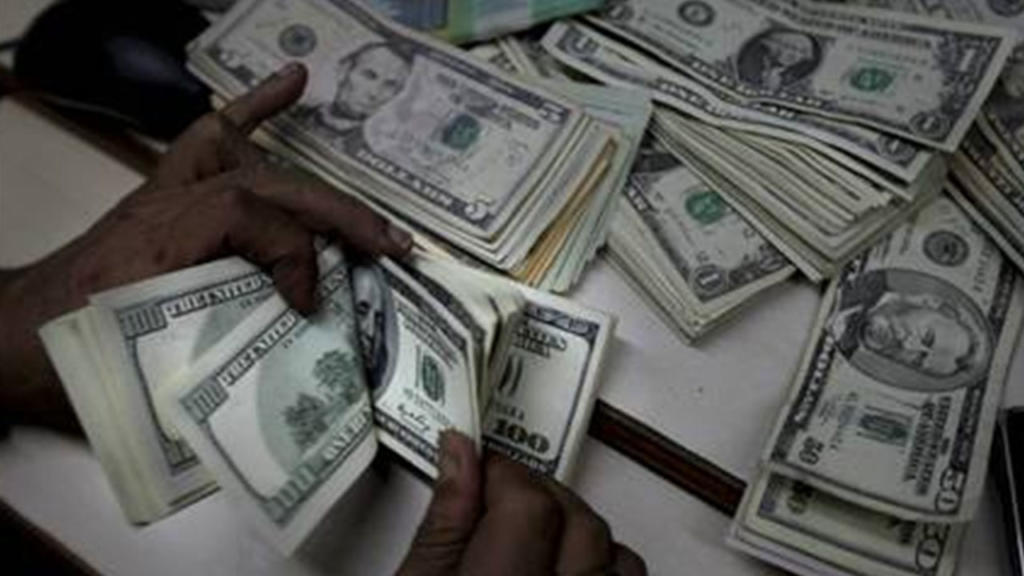Migration has defined India for centuries. After independence, when the socialist policies presented little opportunity to the people of the country, the population started migrating to foreign land. Today, Indian diaspora is the second largest in the world with an estimate ranging from 30 million to 60 million. Though the Chinese form the largest diaspora in the world, they don’t receive the amount of remittances India receives because Indians are financially very successful overseas.
India has been the largest recipient of remittance for decades. The country has retained its position as top remittance recipient country in 2018 with 79 billion dollars. China (USD 67 billion), Mexico (USD 36 billion), the Philippines (USD 34 billion), and Egypt (USD 29 billion) were the other countries which made in top 5. “Remittances grew by more than 14 percent in India, where a flooding disaster in Kerala likely boosted the financial help that migrants sent to families,” said the World Bank. The remittance to India is around 2.8 percent of the country’s GDP and it helps the country to maintain healthy Current and Capital Account.
The remittance growth in Pakistan and Bangladesh was seven percent and 15 percent respectively. Nowadays there is a negative perception of Pakistani people around the world and therefore it is very tough to find a job in any other country with a Pakistani passport. This is probably the reason that remittance in Pakistan is growing at such a low pace with the majority of contributions only from Islamic countries like Saudi Arabia and UAE.
The remittance to developing countries increased in the last two-three years, given the fact that the growth in western countries, especially the United States has been good. The recorded remittance to developing countries increased by 10.8 percent to reach 528 billion dollars in 2018. Last year the growth was 1.8 percent, the increase in remittance growth rate also suggests the revival of developed economies in last year.
The remittance to South Asian countries from Gulf countries increased exponentially in last year given the rise in oil prices. The economy Gulf countries council (GCC) which includes states of Bahrain, Kuwait, Oman, Qatar, Saudi Arabia, and the United Arab Emirates are primarily supported by oil export. The oil prices rose by more than a quarter last year and this increased the income of a huge number of migrant workers in Gulf countries. However, the oil price has declined in the last few months and therefore remittance from gulf economies is expected to decline in the following year.
The migrant workers have supported India with great conviction and by all possible means. When the country faced a balance of payments crisis in the initial days of the Vajpayee government, he appealed the NRIs to send dollars to India. The Indians working overseas have achieved great success in professional lives and they are eager to support their homeland. The overseas citizens helped the government with monetary resources, policy level initiatives, lobbying with foreign governments like the United States. The huge remittance inflow to India also shows the cultural and emotional attachment of migrant workers and overseas citizens that they have with India.
